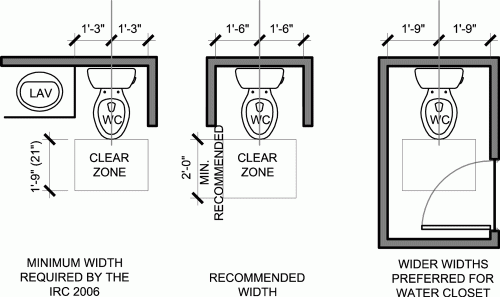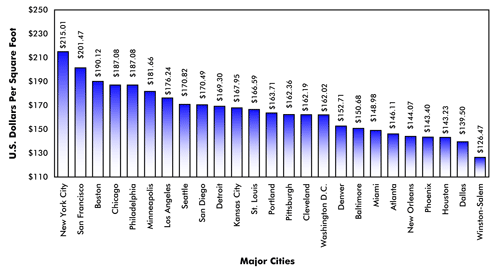Fannie Mae and Freddie Mac: History, Purpose, and Key Differences
Who exactly is Fannie Mae and Freddie Mac? Spoiler alert: they’re not people. They are two federal government programs that play a critical role in the U.S. housing market. They provide liquidity, stability, and affordability by purchasing mortgages from lenders. Understanding their history and function helps borrowers navigate the home financing system.

History and Purpose
Fannie Mae
Congress created Fannie Mae (Federal National Mortgage Association) in 1938 during the Great Depression. It was part of Franklin D. Roosevelt’s New Deal. The goal was to expand homeownership by ensuring banks had funds to lend. Initially, Fannie Mae was government-owned, but it became a private company in 1968.
Freddie Mac
Congress established Freddie Mac (Federal Home Loan Mortgage Corporation) in 1970. Lawmakers created it to increase competition in the secondary mortgage market. Unlike Fannie Mae, Freddie Mac focused on thrifts and small lenders.
How They Work
Both institutions buy mortgages from lenders, bundle them into mortgage-backed securities (MBS), and sell them to investors. This process provides liquidity, allowing lenders to issue more loans.
Similarities
Both programs share several key functions:
- Support Homeownership: Both help maintain a stable housing market.
- Buy Conventional Loans: They purchase mortgages that meet conforming loan limits and underwriting standards.
- Guarantee Mortgage-Backed Securities: They reduce risk for investors by backing MBS.
- Government-Sponsored Enterprises (GSEs): They operate as privately owned companies but have government oversight.
Differences
Though similar, they have distinct characteristics:
| Feature | Fannie Mae | Freddie Mac |
|---|---|---|
| Year Founded | 1938 | 1970 |
| Loan Source | Large banks and financial institutions | Smaller banks and credit unions |
| Mortgage Identifier | Uses Desktop Underwriter (DU) | Uses Loan Prospector (LP) |
Conclusion
Fannie Mae and Freddie Mac ensure lenders can keep issuing mortgages. Though they have differences, both play vital roles in home financing.









